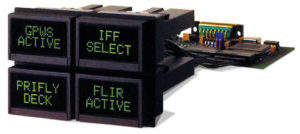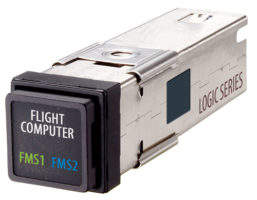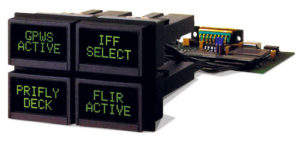Aerospace Optics LED and Incandescent Pushbutton Switches and Accessories

Aerospace Optics is the exclusive manufacturer of the VIVISUN brand of lighted pushbutton switches and programmable displays. VIVISUN combines reliability, MIL-PRF-22885 quality and superior performance in a sunlight-readable, lighted pushbutton switch or indicator. VIVISUN products meet a number of military, environmental and electrical specifications.
VIVISUN LED switches are an ideal choice wherever machine-man interface lighting is critical. They are easy to install and highly reliable, with virtually zero maintenance required. VIVISUN switches also feature a fault-tolerant circuit design with low power consumption and low heat. They are manufactured under a proven, quality assurance system that ensures defect-free products, outstanding customer service and prompt delivery.
VIVISUN LOGIC SERIES
The VIVISUN LOGIC SERIES is the first LED pushbutton switch based on an integrated logic circuit. The LOGIC SERIES is an electromechanical switch with multiple operational modes that are controlled by discrete inputs. Its integrated, solid-state circuitry allows different poles in the same switch to function as momentary or alternate action, without external relays or holding coils, which simplifies and improves operator interface. The LOGIC SERIES has the ability to automatically reset to a safe mode when power is cycled and can be locally or remotely set or canceled. It also interfaces with external sensors to allow for conditional switching or lockout modes.
Standard ¾-inch, square pushbutton switch
The VIVISUN LED is a MIL-PRF-22885/108 (MIS-S-22885/108) lighted pushbutton switch featuring sunlight readability, NVIS compliance and voltage-controlled dimming. It is a standard ¾-inch, square switch that operates off existing cockpit power. The solid-state LED technology is designed for an operating range from -40°C to + 71°C. The VIVISUN LED is available in 11 sunlight-readable colors and can be sealed or unsealed in solderless or turret terminations.
1-inch by 1.2-inch, rectangular pushbutton switch
The VIVISUN LR3® is an NVIS-compatible, lighted pushbutton switch. The LR3’s 1-inch by 1.2-inch rectangular configuration provides more display area than the standard LED, making it ideal for master caution and master warning applications. The VIVISUN LR3 features increased character capacity and improved readability with four independent LED quadrants. The LR3 is sunlight readable, has voltage-controlled dimming and is highly reliable — its MTBF is 270,000 hours.
Square, incandescent pushbutton switch
The VIVISUN 95, available in two-pole or four-pole configurations, is a mil-spec qualified, lighted pushbutton switch. The VIVISUN 95 remains readable even in direct sunlight — MIL-PRF-22885/108 (MIL-S-22885/108) — and complies with MIL-STD-3009 and MIL-L-85762A for night vision goggle lighting. VIVISUN 95 incandescent switches have an electrical life of 50,000 cycles minimum, at rated loads of +71°C ambient temperature.
VIVISUN 5000: electro-optical display system
The VIVISUN 5000 is a unique product that combines the industry-leading performance of VIVISUN MIL-PRF-22885 (MIL-S-22885) lighted pushbutton switches with a reconfigurable, programmable LED display. The VIVISUN 5000 provides interactive displays that are NVIS compatible, sunlight readable and ready to interface directly with the host computer. It consists of four programmable multifunction pushbuttons (PMP), one refresh processor unit (RPU) and four cables that connect each PMP to the RPU.
VIVISUN accessories
VIVISUN accessories were designed to complement the quality and superior performance of VIVISUN switches and programmable displays. Accessories include switchguards, which prevent inadvertent switch actuation, and panel plugs, an economical and aesthetic option to filling unused switch positions.
Aerospace Optics is headquartered in Fort Worth, Texas, with offices in the United States and Europe. Aerospace Optics’ quality system is ISO9001:2000 and AS9100:2001 Section 1 certified and its lab is DSCC certified for testing, meeting the requirements of MIL-PRF-22885, MIL-S-22885 and MIL-STD-202.
Products and Services
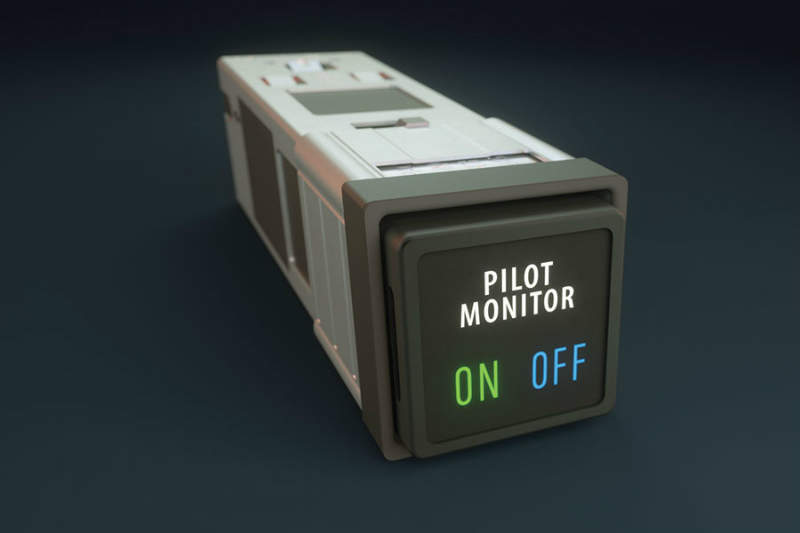
VIVISUN® Lighted Pushbutton Switches and Indicators
Aerospace Optics manufactures the VIVISUN series of ruggedised, illuminated pushbutton switches and indicators, which continue to offer the best-in-class solution for MIL-SPEC and aviation applications worldwide.
NEXSYS® LOGIC Component Technology
It is an often expensive and lengthy process to modify electronic systems of modern aircraft.
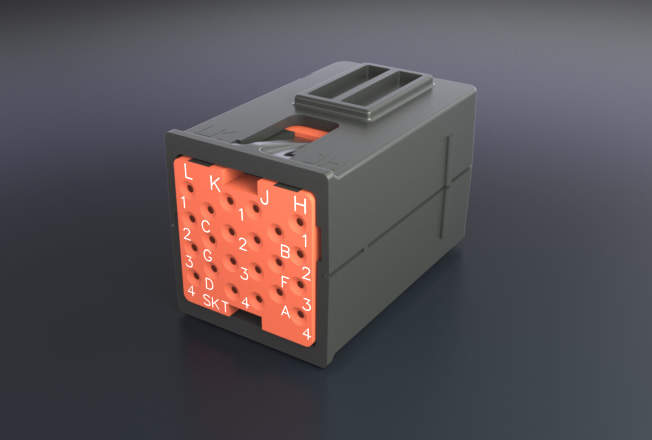
NEXSYS® LOGIC Module
NEXSYS® LOGIC Module is used in communications systems, computer/logic level interface, electro-mechanical, fire protection, and IFE systems.
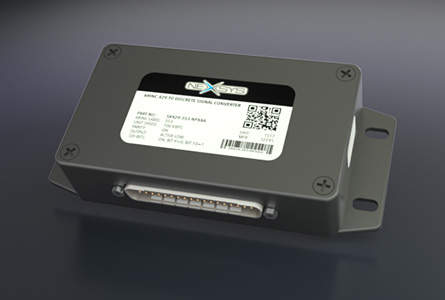
NEXSYS® ARINC Signal Converter
Simple ARINC 429 signal conversions are permitted through the easy software-free, firmware-free NEXSYS® ARINC Signal Converter (SR429/1).
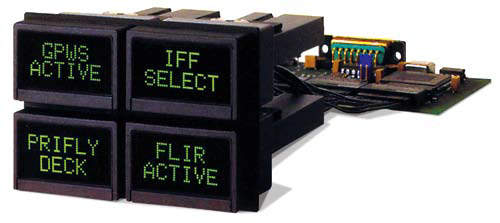
VIVISUN® 5000 – Programmable Display Switch
The VIVISUN 5000 has four programmable multifunction pushbuttons (PMP), one refresh processor unit (RPU), and four cables connecting each PMP to the RPU.
Video
White Papers
Related Projects

CHaracterising ExOPlanets Satellite (CHEOPS) Telescope

Bell 407GXi Helicopter
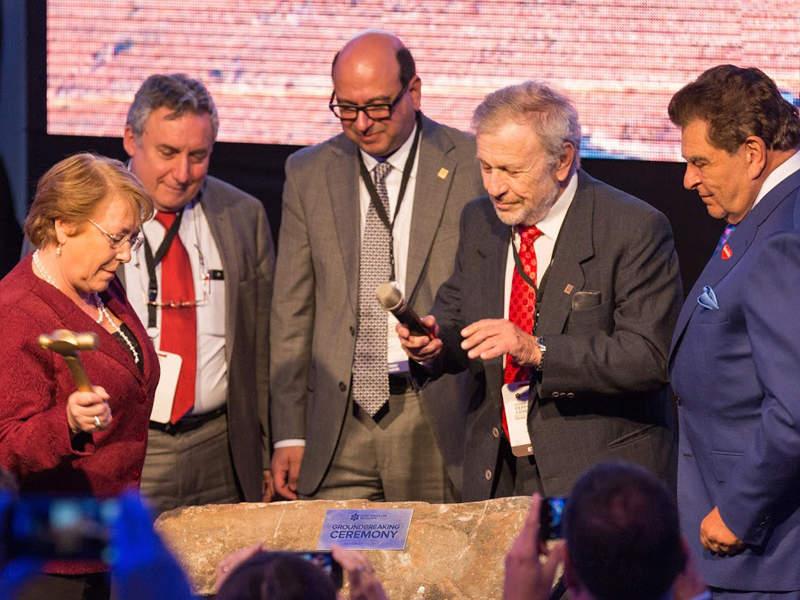
Giant Magellan Telescope

Samson Switchblade Flying Sports Car

Cessna Citation Hemisphere Business Jet

Nextant G90XT Turboprop Aircraft

Magnus eFusion Light Sport Aircraft

Mission M108 Aircraft
Press Release
Aerospace Optics will introduce the VIVISUN LOGIC SERIES pulse / timer switch to the aviation industry during the annual National Business Aviation Association meeting and convention Oct. 19-21 in Atlanta, Georgia. Aerospace Optics will be providing hands-on-demonstrations of the new switch featu
Read moreAerospace Optics Inc. is pleased to announce that Cessna Aircraft Company has selected it as one of two top suppliers for 2009. Each year, Cessna uses a rating classification called STARS – supplier tracking and rating system – to distinguish vendors that have earned the highest marks in the ar
Read moreAerospace Optics, one of the industry’s leading manufacturers of LED pushbutton switches and indicators, will provide demonstrations of its new VIVISUN LOGIC SERIES during the National Business Aviation Association’s 62nd Annual Meeting & Convention in Orlando Oct. 20-22. The LOGIC SERIES is the
Read moreIn keeping with its tradition of product innovation, Aerospace Optics has created the VIVISUN LOGIC Series, the first switch of its kind based on an integrated logic circuit. The LOGIC Series is an electromechanical switch with multiple operational modes that are controlled by discrete
Read moreAerospace Optics is pleased to announce that Steven A. Edwards has joined the company as product development manager. Previously, Edwards was a systems engineering manager and a technical program manager for EFW, a full-service electronics supplier to the defence industry. He has also s
Read moreCessna Aircraft Company recently announced Aerospace Optics as one of its 2007 silver-rated suppliers for superior vendor performance, an honor it has now received four years in a row. The award is part of a supplier tracking and rating system called STARS, which Cessna created in 2002
Read moreRegional Offices
3201 Sandy Lane
Fort Worth
Texas 76112
Other
United States of America


